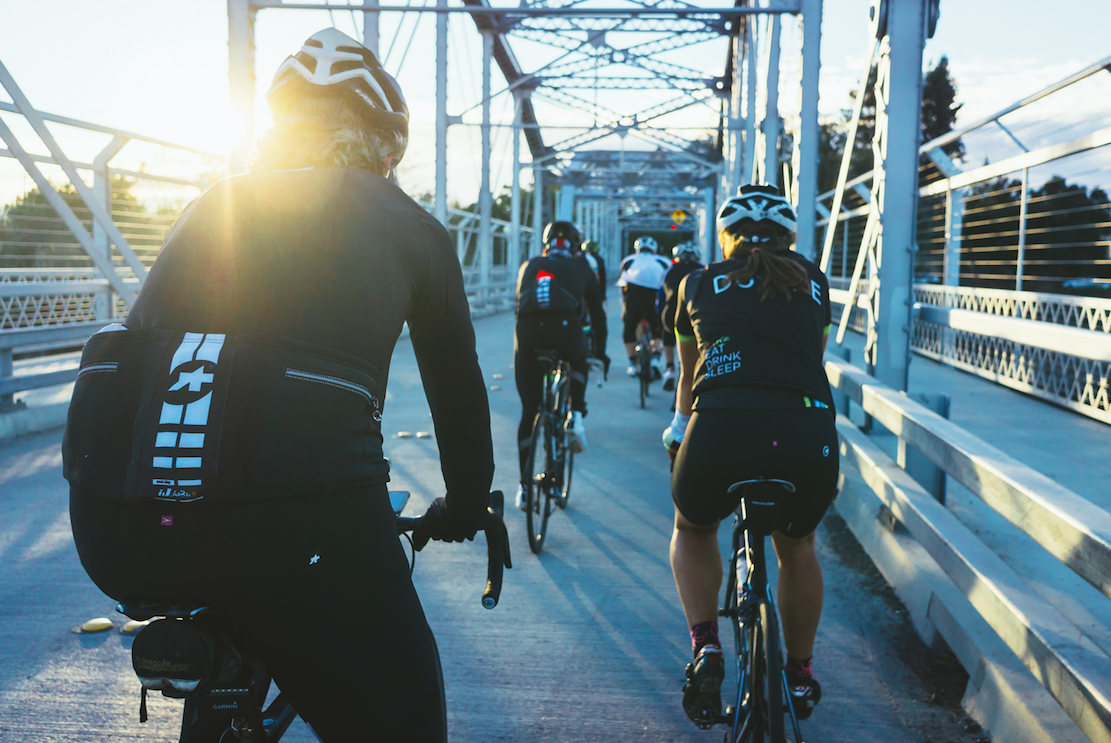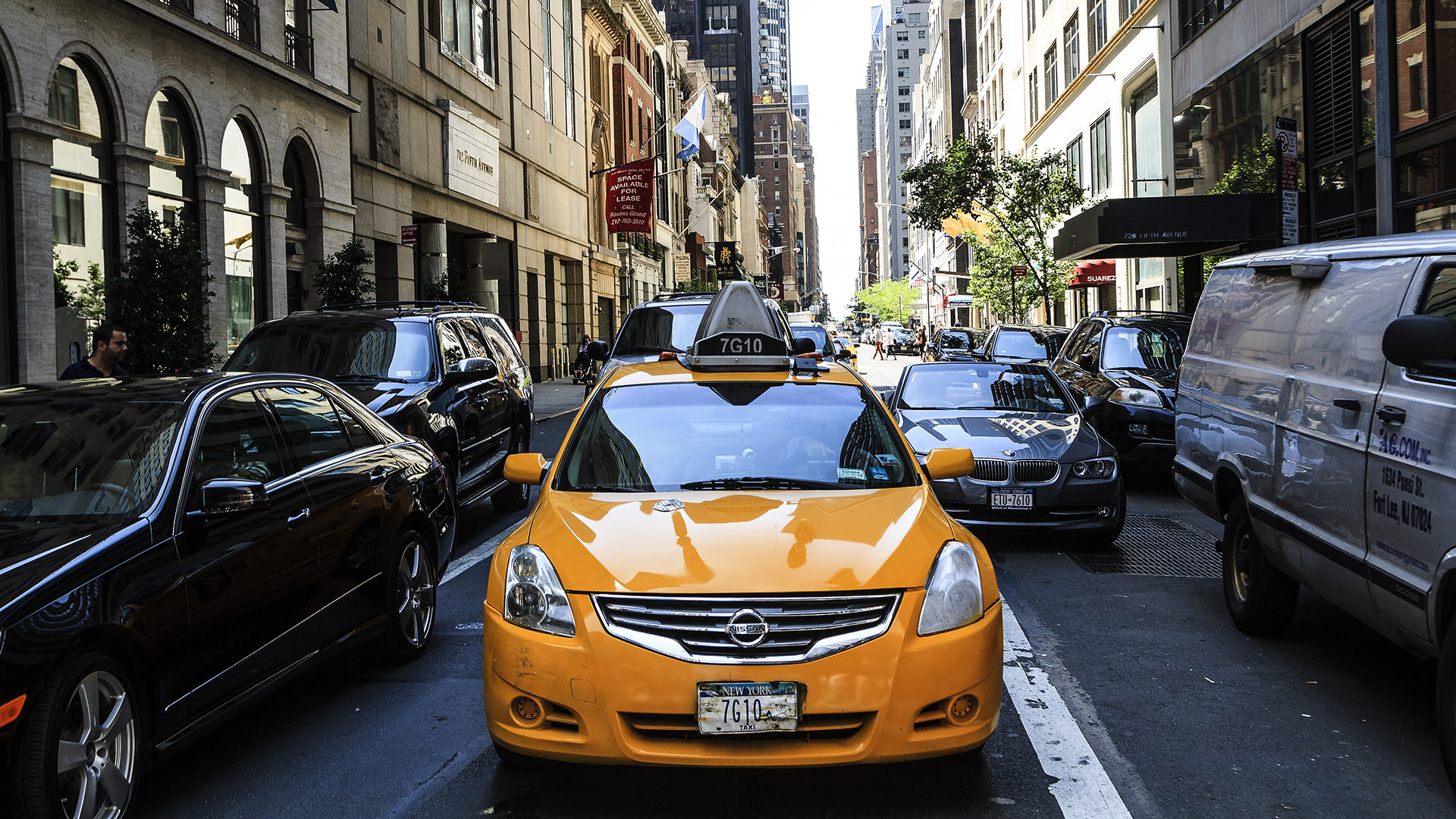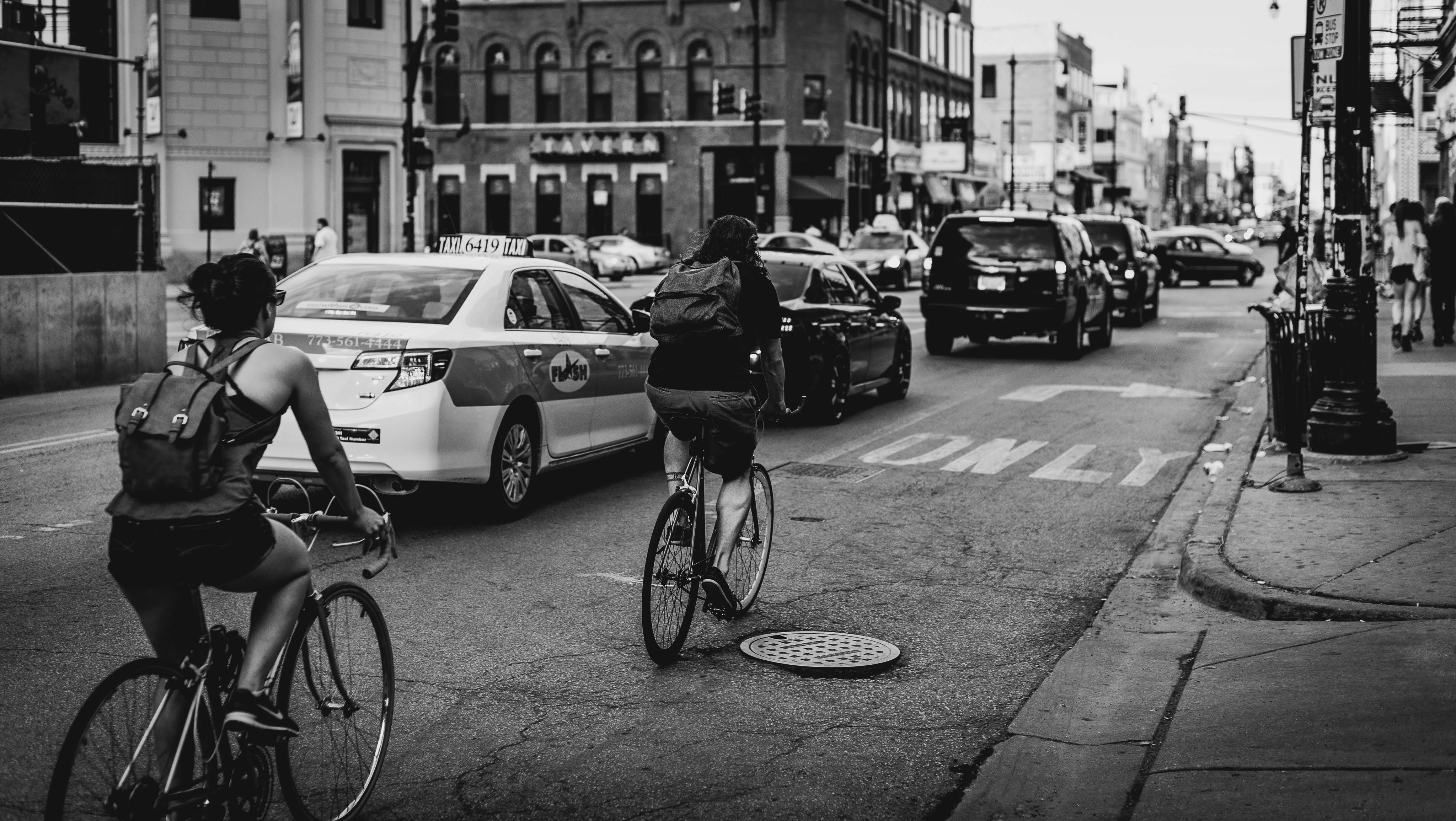Cycling is a fantastic way to get from point A to point B, just ask the hoards of individuals who swear by their two-wheeled morning commute. However, cyclists are at risk for injury each time they hit the streets.
Fortunately, if you are a cyclist, there are a variety of ways in which you can practice accident prevention and stay safe. Here are some of the leading causes of bike accidents and how to avoid them:
“The Right Cross
This is the most common way to get hit. A car is pulling out of a side street, parking lot, or driveway on the right. Notice that there are actually two possible kinds of collisions here: Either you’re in front of the car and the car hits you, or the car pulls out in front of you and you slam into it.
How to avoid this collision:
- Get a headlight. If you’re riding at night, you absolutely should be using a front headlight. It’s required by law, anyway. Even for daytime riding, a bright white light that has a flashing mode can make you more visible to motorists who might otherwise Right Cross you. Look for the new LED headlights, which last ten times as long on a set of batteries as old-style lights. And headlamps (mounted on your head or helmet) are the best, because then you can look directly at the driver to makesure they see your light.
- Wave. If you can’t make eye contact with the driver, wave your arm. It’s easier for them to see your arm going left and right than it is for them to see a bicycle coming straight towards them. You could also use a loud horn to get drivers’ attention.
- Slow down. If you can’t make eye contact with the driver (especially at night), slow down so much that you’re able to completely stop if you have to. Sure, it’s inconvenient, but it beats getting hit.
- Ride further left. When that driver is looking down the road for traffic, he’s not looking in the bike lane or the area closest to the curb; he’s looking in themiddleof the lane, for other cars. The farther left you are, the more likely the driver will see you. There’s an added bonus here: if the motorist doesn’t see you and starts pulling out, you may be able to go even farther left, or may be able to speed up and get out of the way before impact, or easily roll onto their hood as they slam on their brakes.
The Door Prize
A driver opens his door right in front of you. You run right into it if you can’t stop in time. This kind of crash is more common than you might think: It’s the second-most common car-bike crash in Toronto.
How to avoid this collision:
Ride to the left. Ride far enough to the left that you won’t run into any door that’s opened unexpectedly. You may be wary about riding so far into the lane that cars can’t pass you easily, but you’re more likely to get doored by a parked car if you ride too close to it than you are to get hit from behind by a car which can see you clearly.
The Right Hook
A car passes you and then tries to make a right turn directly in front of you, or right into you. They think you’re not going very fast just because you’re on a bicycle, so it never occurs to them that they can’t pass you in time. Even if you have to slam on your brakes to avoid hitting them, they often won’t feel they’ve done anything wrong. This kind of collision is very hard to avoid because you typically don’t see it until the last second, and because there’s nowhere for you to go when it happens.
How to avoid this collision:
- Don’t ride on the sidewalk.When you come off the sidewalk to cross the street you’re invisible to motorists. You’re just begging to be hit if you do this.
- Ride to the left.Taking up the whole lane makes it harder for drivers to pass you to cut you off or turn into you. Don’t feel bad about taking the lane: if motorists didn’t threaten your life by turning in front of or into you or passing you too closely, then you wouldn’t have to. If the lane you’re in isn’t wide enough for cars to pass you safely, then you should be taking the whole laneanyway.
- Glance in your mirror before approaching an intersection.(If you don’t have a handlebar or helmet mirror, get one now.) Be sure to look in your mirrorwell before you get to the intersection. When you’re actually going through an intersection, you’ll need to be paying very close attention to what’s in front of you.
The Rear End
You innocently move a little to the left to go around a parked car or some other obstruction in the road, and you get nailed by a car coming up from behind.
How to avoid this collision:
- Never, ever move left without looking behind you first.Some motorists like to pass cyclists within mere inches, so moving even a tiny bit to the left unexpectedly could put you in the path of a car. Practice holding a straight line while looking over your shoulder until you can do it perfectly. Most new cyclists tend to move left when they look behind them, which of course can be disastrous.
- Don’t swerve in and out of the parking lane if it contains any parked cars.You might be tempted to ride in the parking lane where there are no parked cars, dipping back into the traffic lane when you encounter a parked car. This puts you at risk for getting nailed from behind. Instead, ride a steady, straight line in the traffic lane.
- Use a mirror.If you don’t have one, get one from a bike shop. There are models that fit on your handlebars, helmet, or glasses, as you prefer. You should always physically look back over your shoulder before moving left, but having a mirror still helps you monitor traffic without constantly having to look behind you.
- Signal.Never move left without signaling. Just put your left arm straight out. Be sure to check your mirror or loo behind you before signaling (since a car passing too closely can take your arm out).”
By implementing these strategies into your cycling, you will dramatically decrease your risk of being involved in a collision.
If you have been injured, and need legal assistance, call #1000 on your cell phone for free. We will offer you a free claim assessment.















